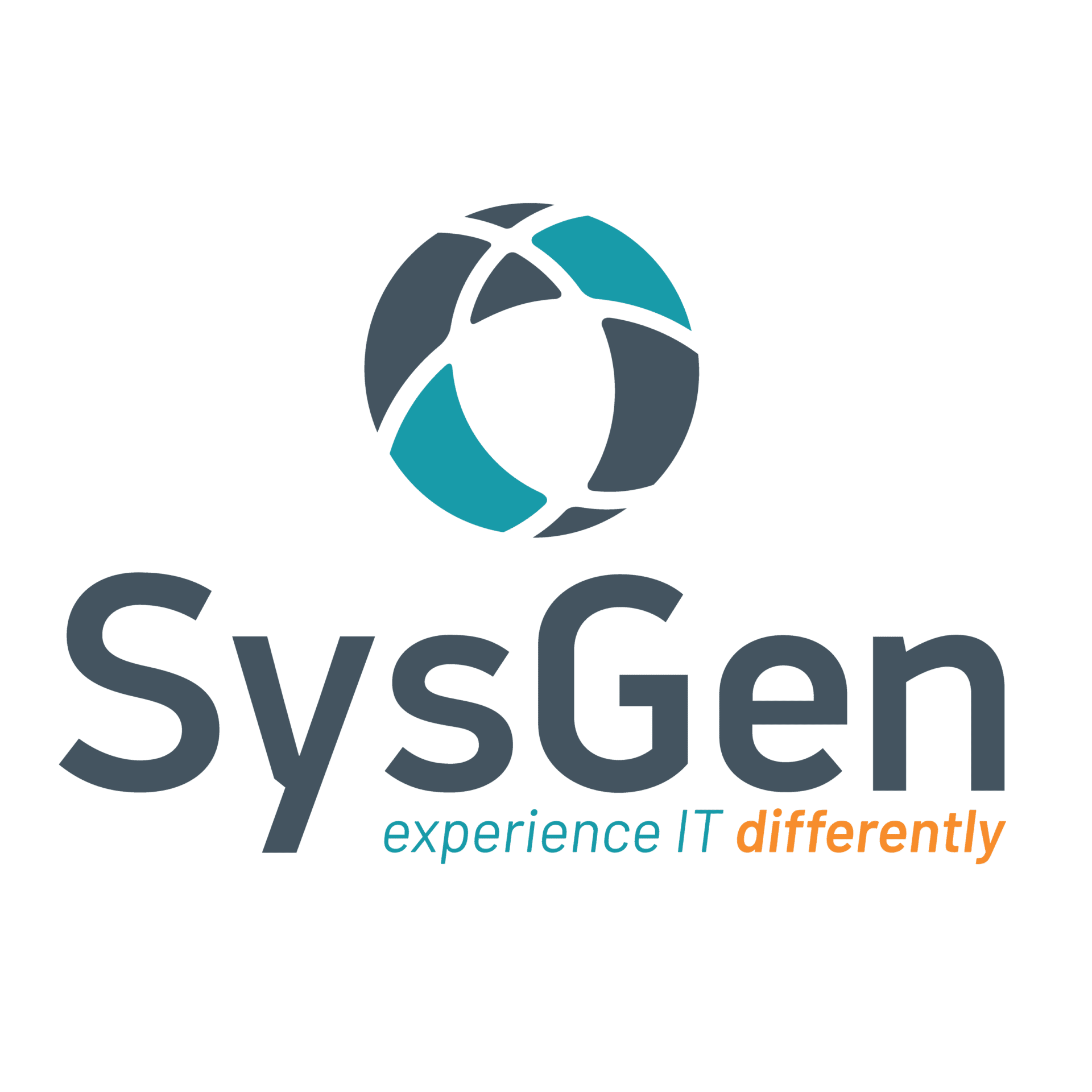The circumstances of COVID-19 have pushed many organizations to work remotely, including our staff at SysGen. As provinces such as Alberta and BC begin to slowly relaunch their economy, some businesses and services can start reopening. Now that offices have started planning for their employees to return to work, we need to be prepared to ensure the safety and wellbeing of our employees of working in a post-COVID workplace.
According to Steelcase’s “Navigating What’s Next: the Post-COVID Workplace”, as the economy begins to reopen, organizations must reengage their target audiences quickly and effectively. Team leaders will need to bring people back to the workplace in phases to ensure the safety and wellbeing of their employees. With this in mind, Steelcase developed science-based and data-driven guidelines for each phase in stages:
The first stage is Now – where we prioritize safety during an ongoing pandemic. This is the stage where 50% of the workforce will return to the office, while the rest will remain working from home. The second stage is Near – where safety remains a priority and where we shift our focus to reconfigure for new solutions in the workplace. The final stage is Far – which is to take a step back and learn from what happened. This is also the stage to reinvent; plan for disruption and prepare an adaptable workplace that can respond to all kinds of changes.
In this article, we will focus on the Now stage by giving some guidelines that we can use to prepare the workplace for the employees to return. Here are some suggestions for the first steps we need to take to embark into a post-COVID workplace:
Prepare your office for employees to return
Prepare the office space for your employees to return where they can work safely. Analyze your floor plans, make necessary modifications, and look for ways to maintain physical distance without hindering work responsibilities. To change the floor plan, the density, geometry, and division of the space must be considered. For example, density in common areas (e.g. kitchen) must be limited but also allow people to safely interact.
Decide who will return and when
Keep in mind that some of your employees may be at higher risk of contracting COVID-19 and may not be able to return to work. Some may have other responsibilities (e.g. family to care for) so their schedule should be adjusted to accommodate their needs. Others may need to take public transportation to get to work and may worry about doing so. These factors must be taken into consideration when creating a new schedule. Creating an alternating schedule to make sure the office does not get too crowded.
Control access to office and monitor activities
Conduct inspections (e.g. sending out surveys before employees coming into work every day, perform health checks) to make sure everyone returns smoothly. Rearrange the lobby area or the kitchen area to maintain physical distance and access. Control who comes in and out of the office by limiting couriers and unnecessary visitors from entering the building. Use PPE, practice good hand hygiene and physical distance as much as you can.
Steelcase’s Workplace Advisor Subscription is long-term sensing that analyzes how, when, and why people use space providing results that allow you to create a safe workspace for employees based on physical distancing measures.
Develop a physical distancing plan
Limit the number of face-to-face meetings and encourage your employees to meet virtually, even within the office space. This can be done by using Microsoft Teams, Cisco Webex Teams, and other collaboration platforms. This approach will limit unnecessary movement and maintain a safe physical distance between employees.
Another option is to introduce standing meetings which can be supported by Microsoft Surface Hub 2S. Research suggests that standing and moving in meetings is proven to boost creativity by up to 60%. This can enhance productivity and maintain an appropriate distance away from others.
Installing the RoomWizard Touchless Reservation in your offices is a great way to make it easier to get where you need to go. This tool can show your cleaning schedule so your employees can know when a meeting room has been cleaned. With its simple navigation and easy customization, employees can schedule meetings remotely and avoid unnecessary contact to maintain a safe distance. Allow your employees to book spaces in the office using their mobile phones to avoid contact and ensure groups of people aren’t running into each other to have meetings.
Having visual cues about density and voice-activated collaboration installed in your workplace will smoothen the process of creating safe meetings. By using built-in sensors, visual cues about density can notify you when a meeting room is too full, but also notify when it’s available. Voice-activated collaboration can minimize the need to touch screens and surfaces while collaborating.
Sanitize, sanitize, sanitize
Develop cleaning plans for your employees. Clean with products that are approved by governing authorities. Follow guidelines on how to clean certain surfaces. Communicate to your employees that they must clean their workstations regularly and sanitize as much as possible to prevent the spread.
Stay connected to your employees
To stay connected to your employees, maintain a clear and efficient line of communication so they are aware of the new changes in the office and the new guidelines they must follow. Keep an open mind for factors that may hinder your employees’ attendance to work. Organize regular virtual town hall meetings and send out surveys to answer questions and get feedback. Be prepared to launch a statement should anything change from the outside (e.g. new government guidelines).
The guidelines mentioned above should be able to help various organizations get started to return to the workplace. While there are many things to consider, the priority rests in the safety and well-being of your employees. By using the appropriate technology, following cleaning guidelines, and staying connected to your employees, the optimum post-COVID workplace can be achieved, and everyone can return to work safely.
Supporting Your Business
Ultimately, SysGen is here for you. We realize that IT infrastructure is critical to your business operations. SysGen promises to provide you with the best IT experience possible. This will not change despite the uncertainty of the COVID-19 pandemic. Our mission remains the same: to provide timely, high-quality IT support to ensure your focus is your business.
Find SysGen’s IT support and managed IT services in Calgary, Edmonton, Red Deer, Vernon, and Kelowna. Should you have more questions about SysGen’s IT service model or about our IT services during the COVID-19 response, please reach out to our team directly.


